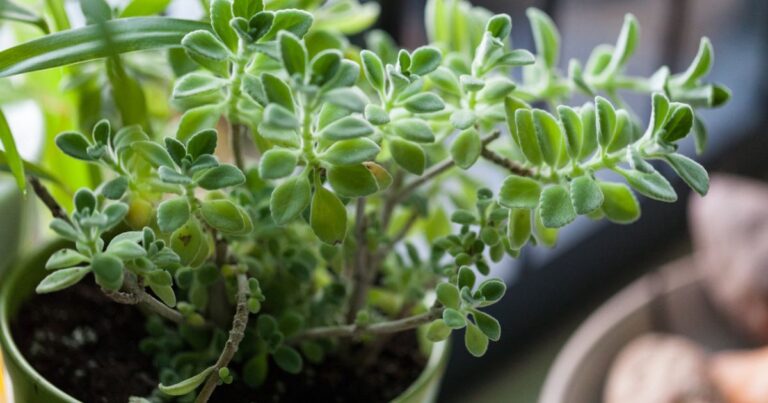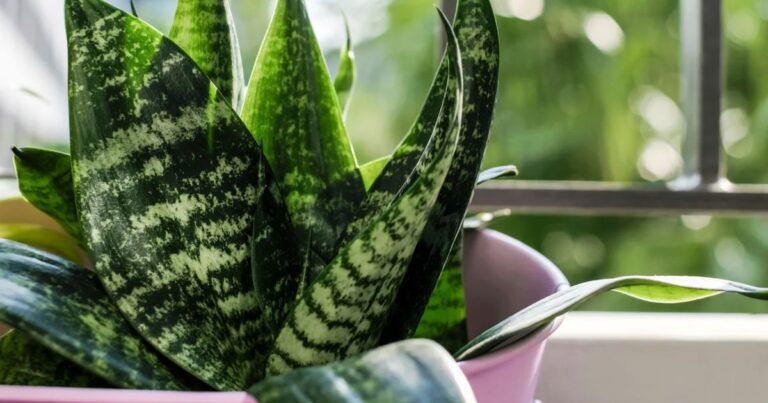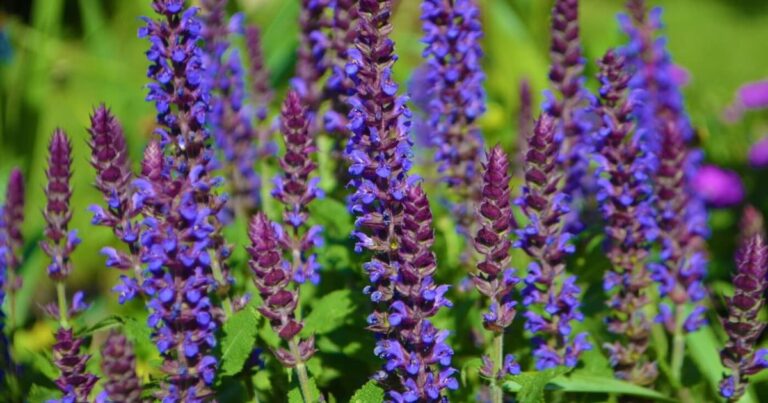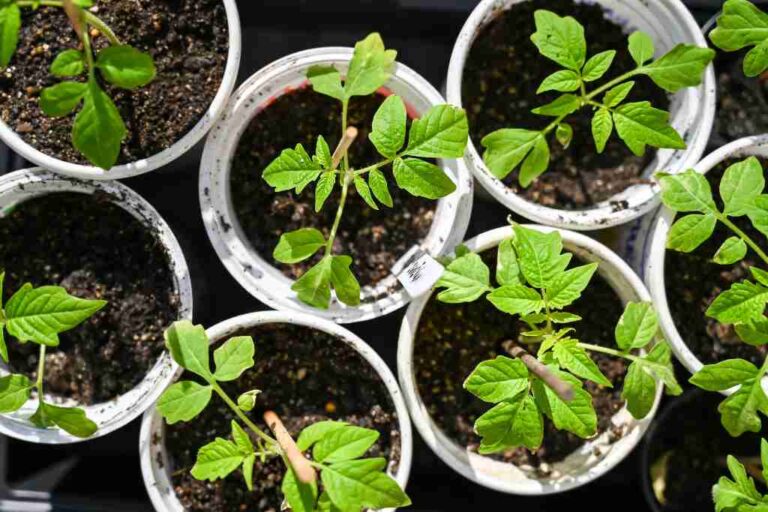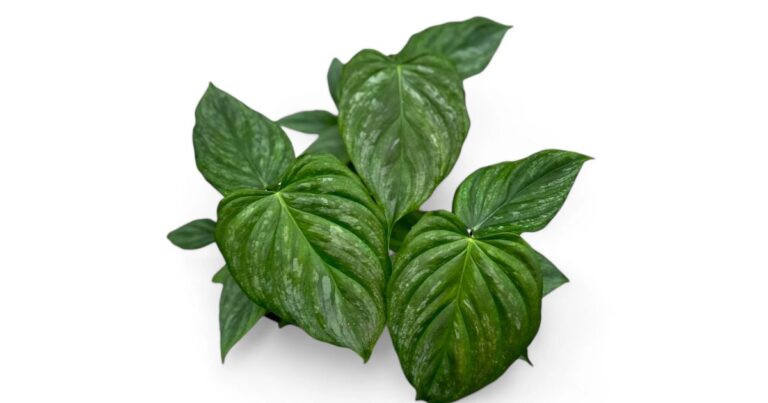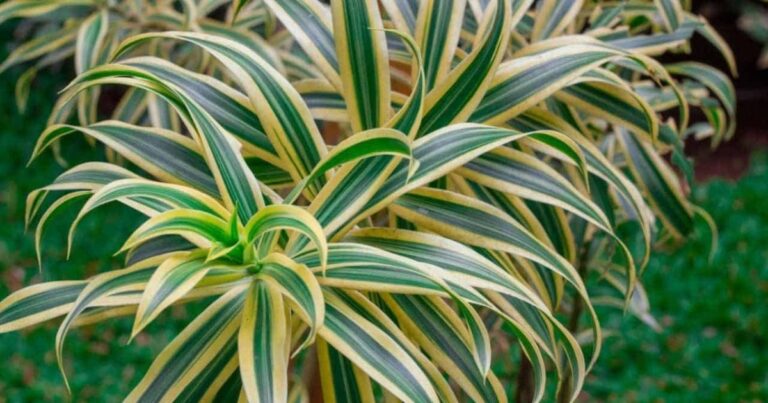Guide About Pink Panther Plant Care, Planting And Benefits
The Pink Panther Plant this charming houseplant is not just a visual delight but also a symbol of resilience and adaptability. Whether you’re an experienced gardener or just beginning your indoor plant journey, understanding how to care for this remarkable specimen can elevate your space while boosting your mood.
In this guide I will cover the essentials of Pink Panther Plant care from optimal planting techniques to watering schedules tailored for success and also explore the myriad benefits these plants offer beyond their aesthetic appeal, including air purification properties and stress reduction.
What are pink panther plants?
Pink Panther plants scientifically known as Aglaonema or Chinese Evergreens, are increasingly gaining popularity among indoor gardeners for their striking aesthetics and air purifying qualities. Characterised by their vibrant pink and green foliage, these hardy plants bring a touch of tropical allure to any space.

What sets the Pink Panther variety apart is its unique marbling and patterning that can change with light conditions leaving enthusiasts enchanted by how the leaves might transform under different settings. These plants are renowned for their resilience. Ideal for beginners, they thrive in low light environments and require minimal watering, making them perfect companions for busy lifestyles or those new to plant care.
How To Planting A Pink Panther Plant?
Planting a Pink Panther plant, it is essential to create an environment that mimics its native tropical habitat. Start with a well draining potting mix enriched with organic matter, such as peat or coconut coir, which provides the necessary moisture without becoming waterlogged. Position your plant in a pot with drainage holes to prevent root rot; this is crucial for healthy growth.
These plants thrive in indirect light, so choose a location that receives filtered sunlight. Remember that humidity plays an integral role in keeping the Pink Panther plant happy aim for humidity levels of 50% or higher by misting regularly or using a pebble tray filled with water beneath the pot.
Pink Panther Plant Growing Process
These plants thrive in conditions that harmoniously balance moisture and sunlight. To promote optimal growth, it is essential to maintain a well draining potting mix, a blend of peat, perlite, and pine bark provides the ideal environment for the roots to thrive.

The plant’s vibrant pink and green variegation comes from its ability to adapt photosynthesis to varying light conditions, with bright but indirect light producing the most striking colours. When propagating this stunning houseplant, you have got options, stem cuttings or division can effectively yield new plants.
Pink Panther Plant Care
Caring for your Pink Panther plant this stunning houseplant, known for its vibrant pink leaves embellished with deep green streaks, thrives in bright indirect light but can tolerate lower light conditions as well. Keep in mind that inadequate lighting will diminish its stunning coloration, making a well lit spot essential for showcasing the plant’s natural beauty.
Regularly rotating your plant can also result in more uniform growth and prevent any leggy stretching. The Pink Panther prefers a slightly drier environment, so allow the top inch of soil to dry out before rehydrating. Use a potting mix with excellent drainage to avoid root rot, a common concern among houseplants.
Introducing a balanced liquid fertiliser during the growing season can not only strengthen colour vibrancy but also promote bushier growth. To maintain optimal humidity levels ideally between 40 to 60% consider misting or placing your plant near a humidifier or pebble tray, during winter months when indoor air tends to dry out.
pink panther plant indoor care
The Pink Panther plant, or Fittonia albivenis, is a striking indoor companion that thrives on both attention and the right conditions. Its vibrant green leaves are accented with bold pink veins, making it a showstopper in any room. To ensure your Pink Panther flourishes, aim for high humidity levels this tropical gem hails from Ecuador’s rainforests where moisture abounds.

A simple misting routine or placement near a humidifier can replicate its natural environment and keep those colourful veins bold. Situating it near an east-facing window will provide enough brightness without the harsh rays that could scorch its delicate foliage. While Fittonias enjoy consistently moist soil, they do not tolerate standing water well. Allowing the top layer of soil to dry slightly between watering helps maintain optimal health and vibrancy.
How To Propagate pink panther plant?
Propagating a Pink Panther plant is an exciting journey into the world of vibrant foliage. This stunning variety of Coleus thrives on cuttings, making it an accessible option for both novice and seasoned plant enthusiasts. To begin, snip off a healthy stem ideally just below a leaf node for optimal rooting potential.
Place your cutting in a glass of water or directly in potting soil, ensuring that at least two nodes are submerged or buried to facilitate growth. Light plays a crucial role during propagation, choose a brightly-lit spot but avoid direct sunlight to prevent scorching the delicate leaves.
If placing your cutting in water, remember to change it every few days for freshness, this prevents stagnation and offers the stems oxygen-rich conditions needed for rooting.
Pink Panther Plant Benefits And Uses
- Air Purification: Like many indoor plants, the Pink Panther helps detoxify the air by absorbing pollutants and releasing oxygen, making your living space healthier.
- Mood Booster: Bright colours in plants have been shown to elevate mood; having this lively plant can create a cheerful atmosphere in any room.
- Stress Reduction: Interacting with greenery has been linked to reduced stress levels, offering calming effects during hectic times.
- Versatile Decor: Its unique appearance allows for creative styling options, fitting well into various design themes from bohemian to modern minimalism.
- Easy Maintenance: Ideal for novices, the Pink Panther is resilient and requires moderate watering perfect for those new to gardening.

- Educational Value: It’s an excellent choice for teaching children about botany and responsibility through caring for live plants.
- Pet Friendly Option: Unlike some houseplants that can be harmful to pets, it is non toxic, allowing you peace of mind if furry friends roam around your home.
- Boosts Creativity: The aesthetic appeal may inspire creativity in daily tasks or hobbies like painting or writing.
- Enhanced Humidity Levels: By transpiring water vapour through their leaves, these plants naturally maintain humidity levels indoors which can benefit your skin and respiratory health.
- Companion Planting Benefits: When placed alongside other florae within your garden or indoor settings, it can foster healthy growth patterns due to its compatibility with certain species.
Tips And Fun Facts About Pink Panther Plant
- Unique Appearance: The Pink Panther plant (Caladium bicolor) stands out with its vibrant, heart-shaped leaves adorned with splashes of pink and green. This striking coloration helps it to serve as an eye-catching focal point in any garden or indoor space.
- Growing Conditions: To thrive, the Pink Panther prefers partly shaded environments and well draining, nutrient-rich soil. Overexposure to direct sunlight can scorch its delicate leaves, so creating a comfortable habitat is crucial for success.
- Humidity Lover: These plants flourish in high humidity levels; thus, misting them regularly or placing a humidifier nearby improves their health dramatically. A bathroom setting can work wonders if natural light is sufficient!
- Maintenance Made Easy: One of the best features of the Pink Panther plant is that it does not require frequent watering. Allow the soil to dry out between watering sessions to prevent root rot and maintain optimal growth conditions.

- Seasonal Sensitivity: As tropical natives, they go dormant during colder months. Prune back dead foliage in fall and let them rest until spring for re-emergence with renewed vigour.
- Propagation Tips: While growing from seeds can be tricky, clonal propagation through tubers offers simplicity. Cut tubers should contain at least one eye for successful planting, ideal for sharing this beauty with friends.
- Toxicity Awareness: Keep pets safe by noting that parts of the Pink Panther plant are toxic if ingested due to calcium oxalate crystals; positioning these plants away from curious mouths is advisable.
- Fun Fact Cultural Significance: In various cultures, caladiums symbolise happiness and prosperity! Displaying your vibrant Pink Panther not only enhances aesthetics but may also invite positivity into your environment.
Is pink panther plant toxic to cats And other animals?
The Pink Panther plant or Bromeliad spp, is not considered toxic to cats or other common household pets. This attractive tropical plant offers a vibrant splash of colour to any space without posing significant health risks to your furry companions. While the plant itself may be safe, ingestion can still lead to mild gastrointestinal disturbances in animals. Symptoms such as vomiting or diarrhoea might occur if a curious pet decides to munch on its leaves.
What do we do when a pink panther plant dies?
Pink Panther plant, known for its striking foliage and unique colour, meets an untimely demise, it is crucial to analyse the situation with care. Start by examining the conditions in which your plant thrived or faltered. This vibrant beauty typically flourishes in bright, indirect light and well draining soil. If it seems like your plant wilted overnight or developed brown tips, overwatering could be the culprit.
A change in environmental factors, such as temperature fluctuations or improper humidity levels, might have also contributed to its decline. Do not view this as an end but rather as a learning experience! Consider propagating any healthy cuttings if you can identify viable stems there’s potential for rebirth through thoughtful gardening practices.
Pink Panther Plant Vs Foliage Plant
The Pink Panther Plant, scientifically known as Calathea roseopicta, is a stunning specimen renowned for its vibrant pink and green foliage. This tropical beauty thrives on humidity and indirect sunlight, making it a delightful addition to indoor spaces where natural light is filtered through curtains.
Foliage plant prioritize resilience over extravagance. Take the snake plant Sansevieria, for example; it’s celebrated for its hardy nature and air-purifying qualities but lacks the same vibrancy that captivates viewers. While these standard choices may serve functional roles in improving indoor air quality or requiring minimal maintenance.
Conclusion
Pink panther plant care requires attention to its unique needs, including light, humidity, and watering preferences. By providing well draining soil and ensuring the right environmental conditions, gardeners can enjoy the vibrant colours and striking appearance of this eye catching houseplant.
Understanding the benefits of having a Pink Panther plant such as air purification and aesthetic appeal can enhance your indoor space significantly. Embark on your journey of planting and nurturing this delightful species, remember that patience and observation are key to thriving growth.


